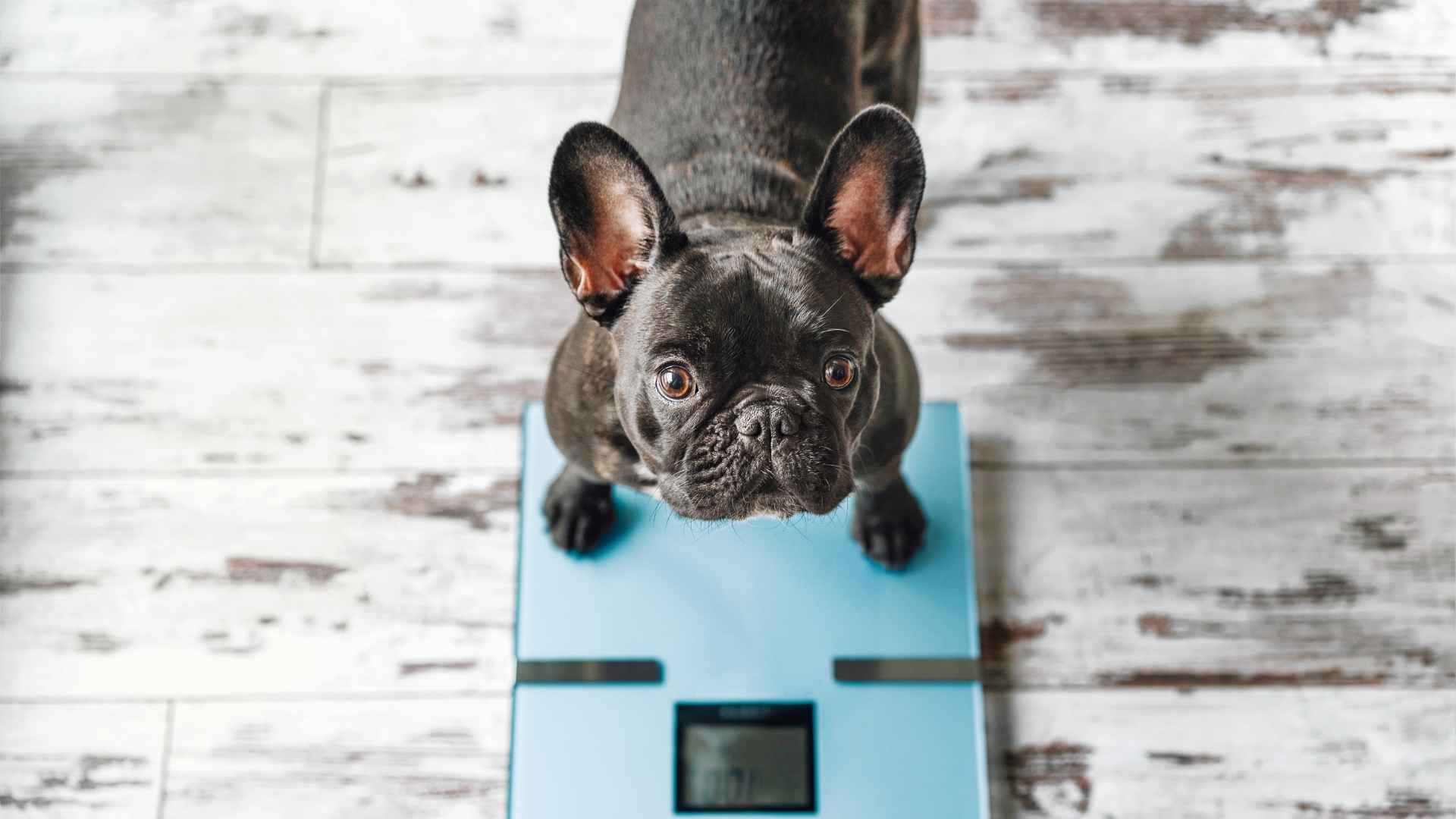What if you could find a dog that’s strong enough to hike beside you but small enough to live comfortably in your home? Many people think they have to choose between large, active breeds and small, low-maintenance companions.
But the truth lies in the middle. Dogs under 100 pounds often offer the best of both worlds—enough energy to explore the outdoors, with a size that fits most living spaces and lifestyles.
They’re big enough to feel secure by your side but manageable enough for solo walks, car rides, or apartment life. Whether you’re an active couple, a growing family, or someone looking for a versatile canine partner, this range covers it all.
In this article, we explore a range of dog breeds that fall under the 100-pound limit, from athletic powerhouses to affectionate cuddle-bugs—all offering a smart, stable option for owners who want strength without overwhelming size.
Dog Breeds Under 100 Pounds
1. Airedale Terrier
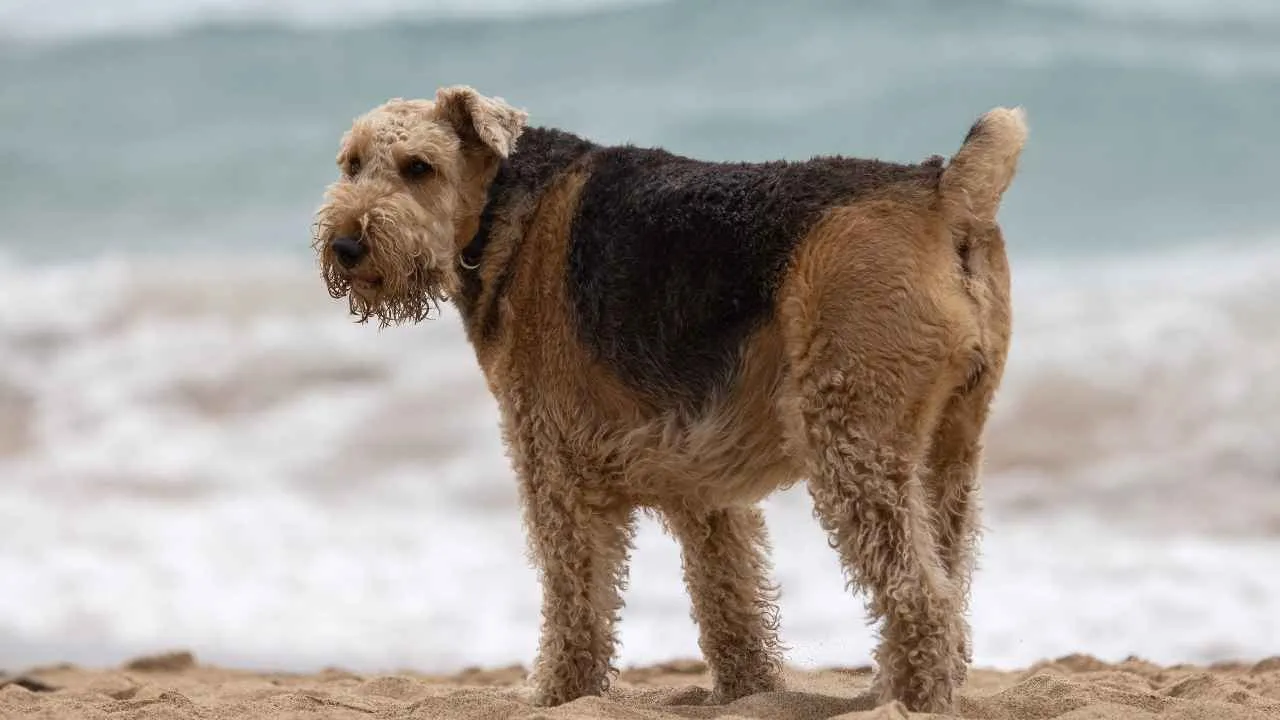
Weighing around 50 to 70 pounds, the Airedale stands tall with a deep chest and strong legs. It’s the largest of the terrier group but still stays under the 100-pound range. The structure is balanced and lean, built for stamina without extra bulk.
Coat Texture That Handles the Outdoors
Its dense wire coat repels water and dirt, originally developed to support active movement through rough terrain. The outer layer stays crisp while the softer undercoat keeps the dog insulated. Regular hand-stripping keeps the coat’s weather-resistant quality intact.
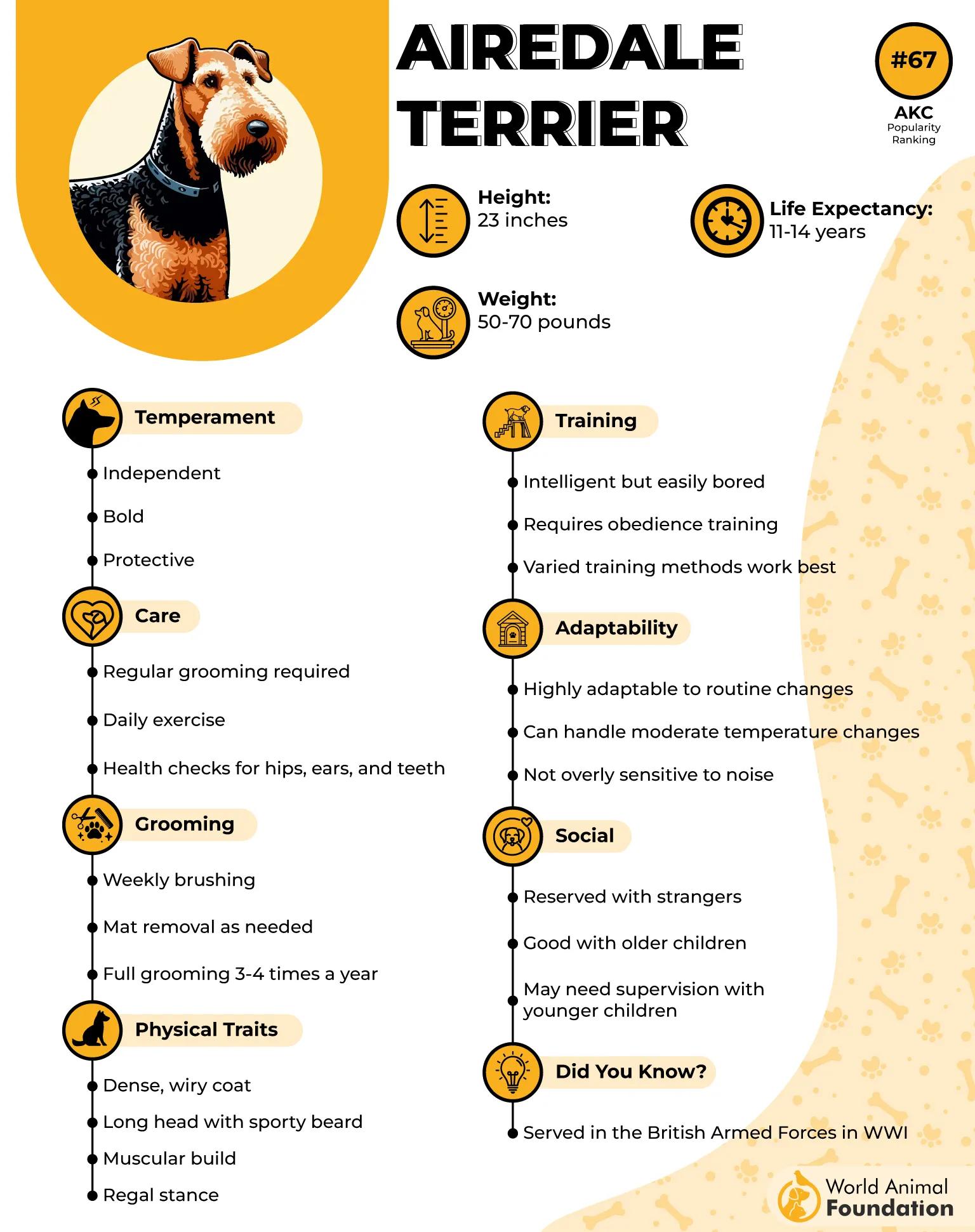
Sharp Thinking and Decisive Nature
This breed responds well to problem-solving tasks and often takes initiative in unfamiliar spaces. Daily activities that challenge its instincts help reduce restlessness or boredom. Consistent structure works best due to the dog’s naturally confident temperament.
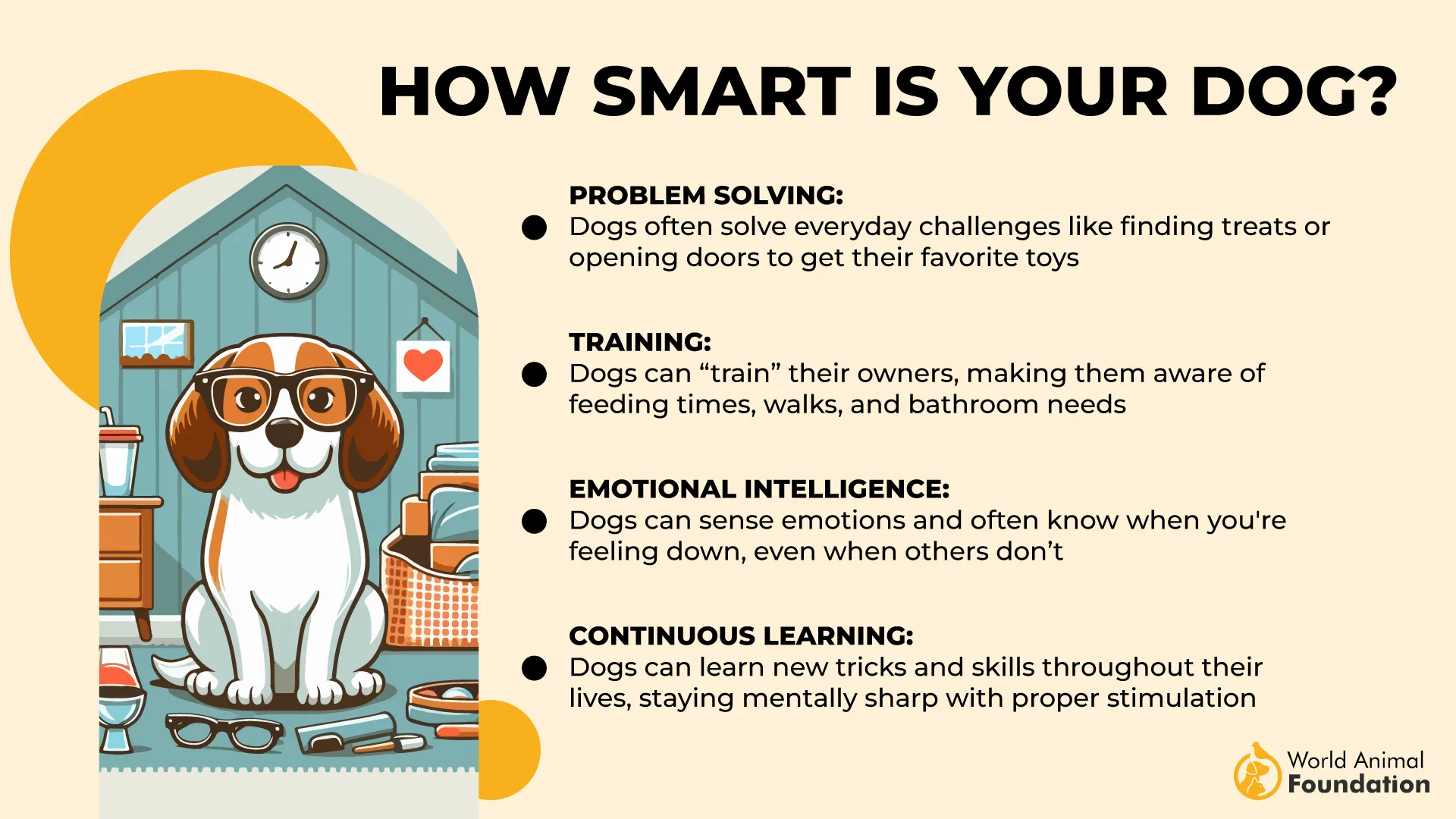
Historical Courage and Social Potential
An Airedale named Jack earned recognition during World War I for completing a mission under direct fire, as per the AKC. They typically adjust well with other dogs, especially when socialized early. Among medium-sized dog breeds, their working background makes them both agile and alert.
2. American Eskimo Dog
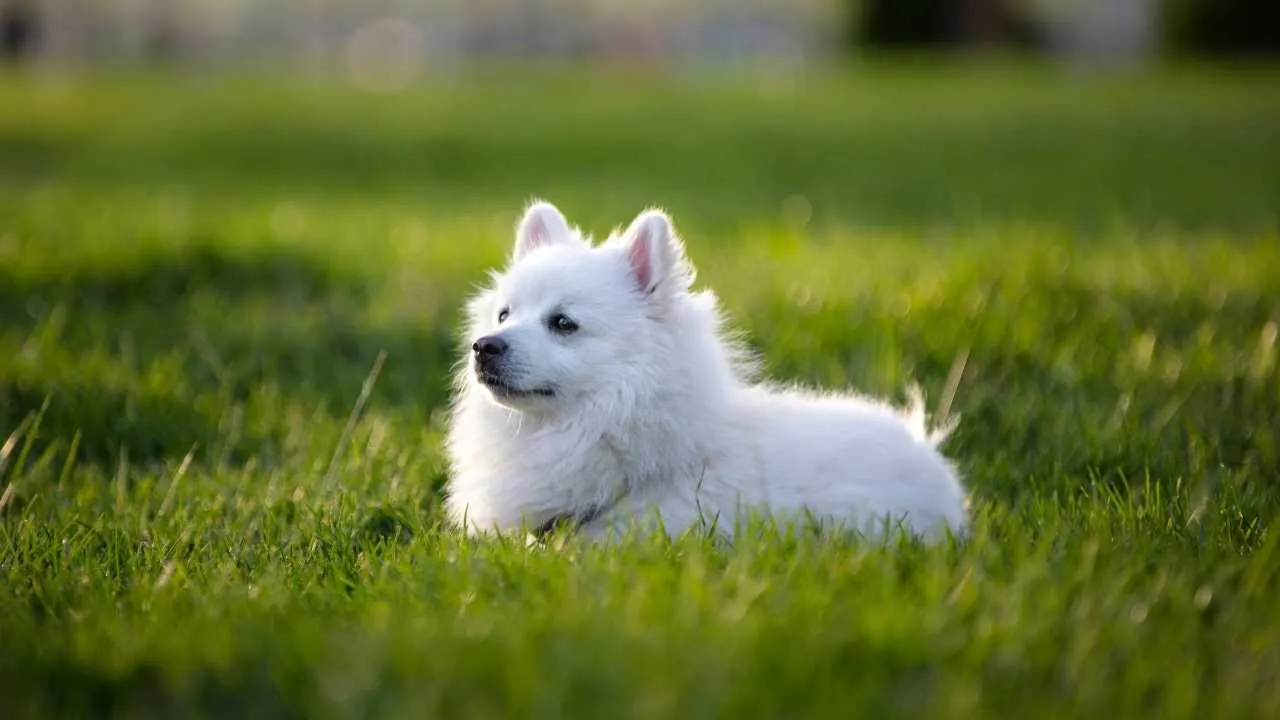
The American Eskimo Dog comes in toy, miniature, and standard sizes, with the largest averaging around 30 pounds. Its body is compact and well-proportioned, with feathered legs and a plume-like tail. The thick white coat often gives it a larger appearance than its actual weight.
Coat Care and Signature Texture
Its double coat features a dense undercoat and a longer outer layer that sheds heavily during seasonal changes. Areas around the ruff and chest are especially thick, forming a lion-like mane. Routine brushing helps maintain texture and prevents matting around high-friction zones.
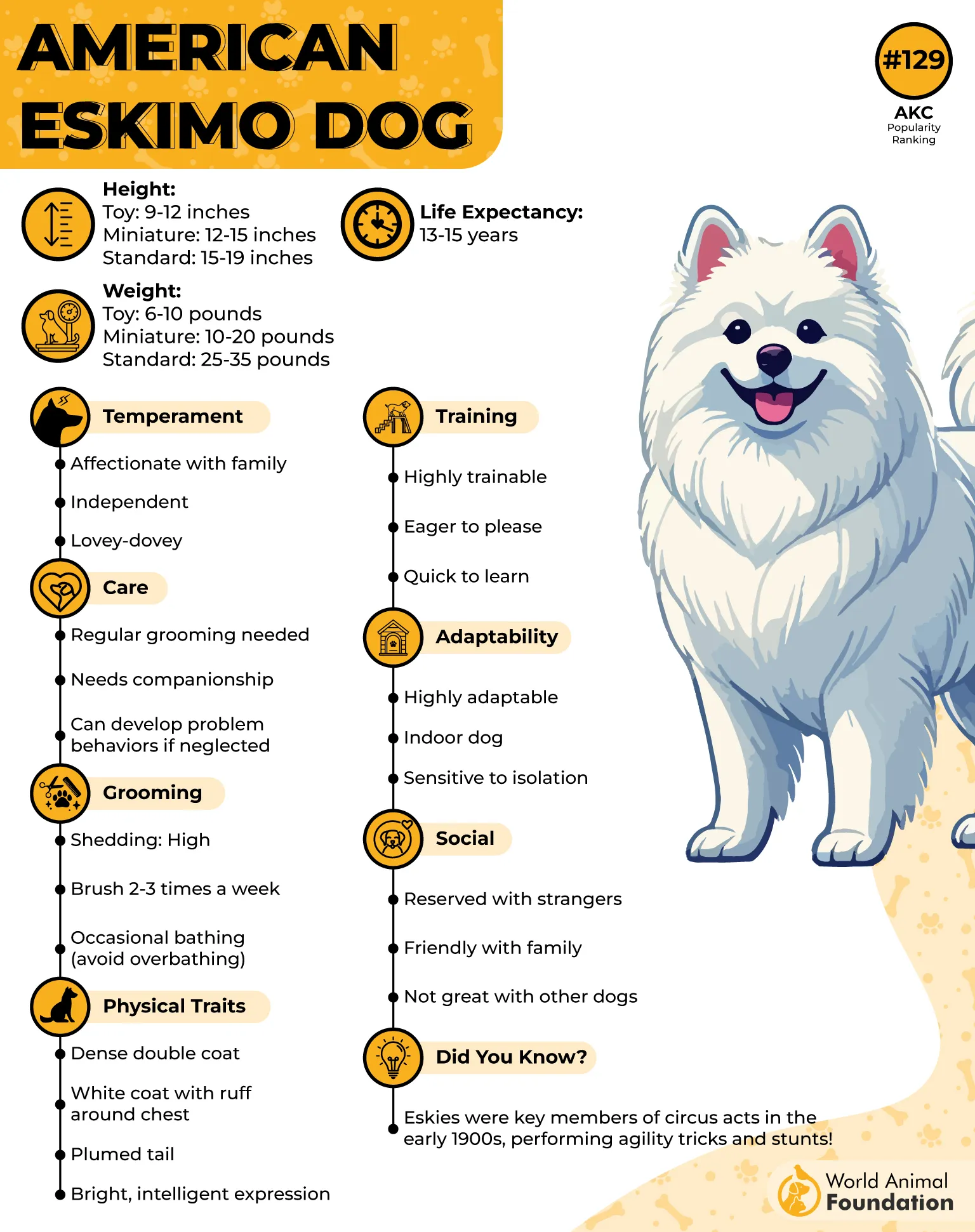
High Energy with Quick Reflexes
They respond well to daily activity, showing natural agility and responsiveness in open environments. Quick reflexes and eagerness to engage make them ideal for structured play or backyard games. Their boundless energy needs an outlet, or they may grow restless indoors.
Loyal Nature with Intelligent Focus
They thrive on family interaction and quickly learn routine commands or house rules with consistency. The breed was originally bred from different breeds within the Spitz line, known for cold-weather endurance. They’re considered great companions in homes that offer attention and structure.
3. Australian Cattle Dog
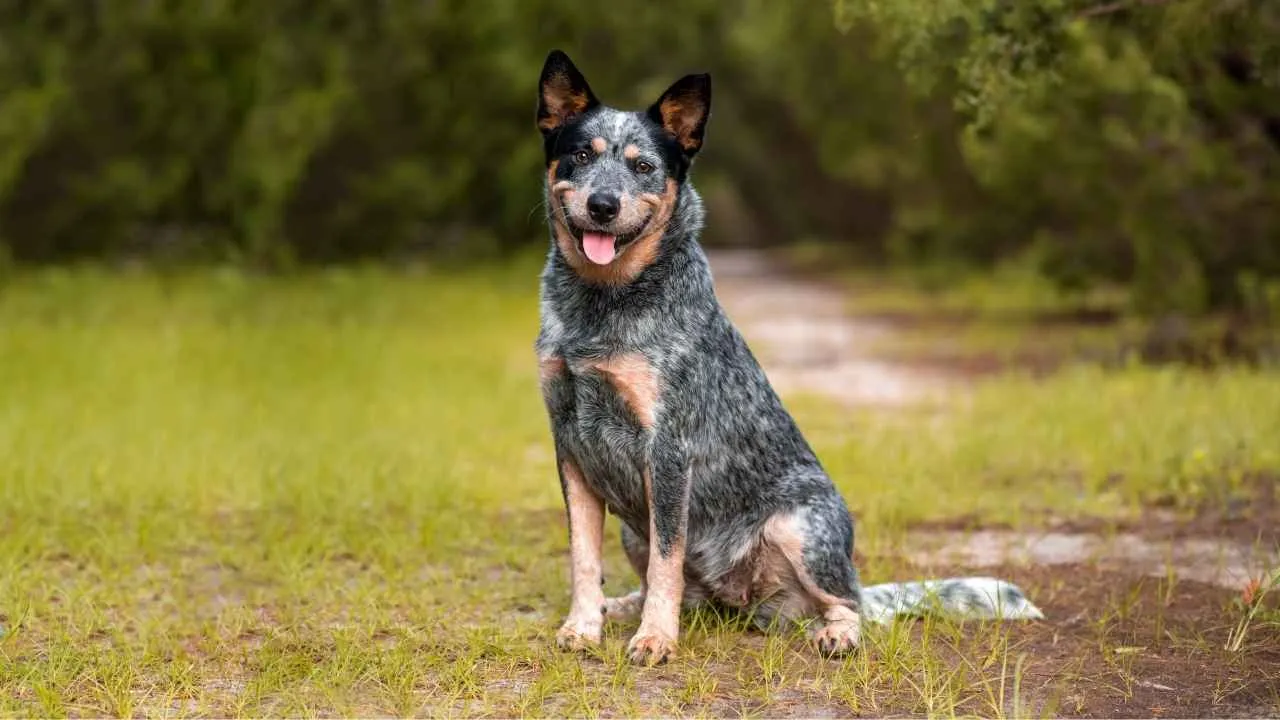
Most Australian Cattle Dogs weigh between 35 to 50 pounds, sitting comfortably in the mid-size category. Their build is compact, with defined muscles built for long-distance movement. The chest is deep, and the legs are firm, giving them a solid, working-dog frame.
Coat Built for Function Over Fluff
They have a short, double-layered coat with a weather-resistant outer layer and dense undercoat. Common coat patterns include blue mottled, blue speckled, or red speckled. Weekly brushing keeps dead hair in check and maintains skin health under the dense fur.
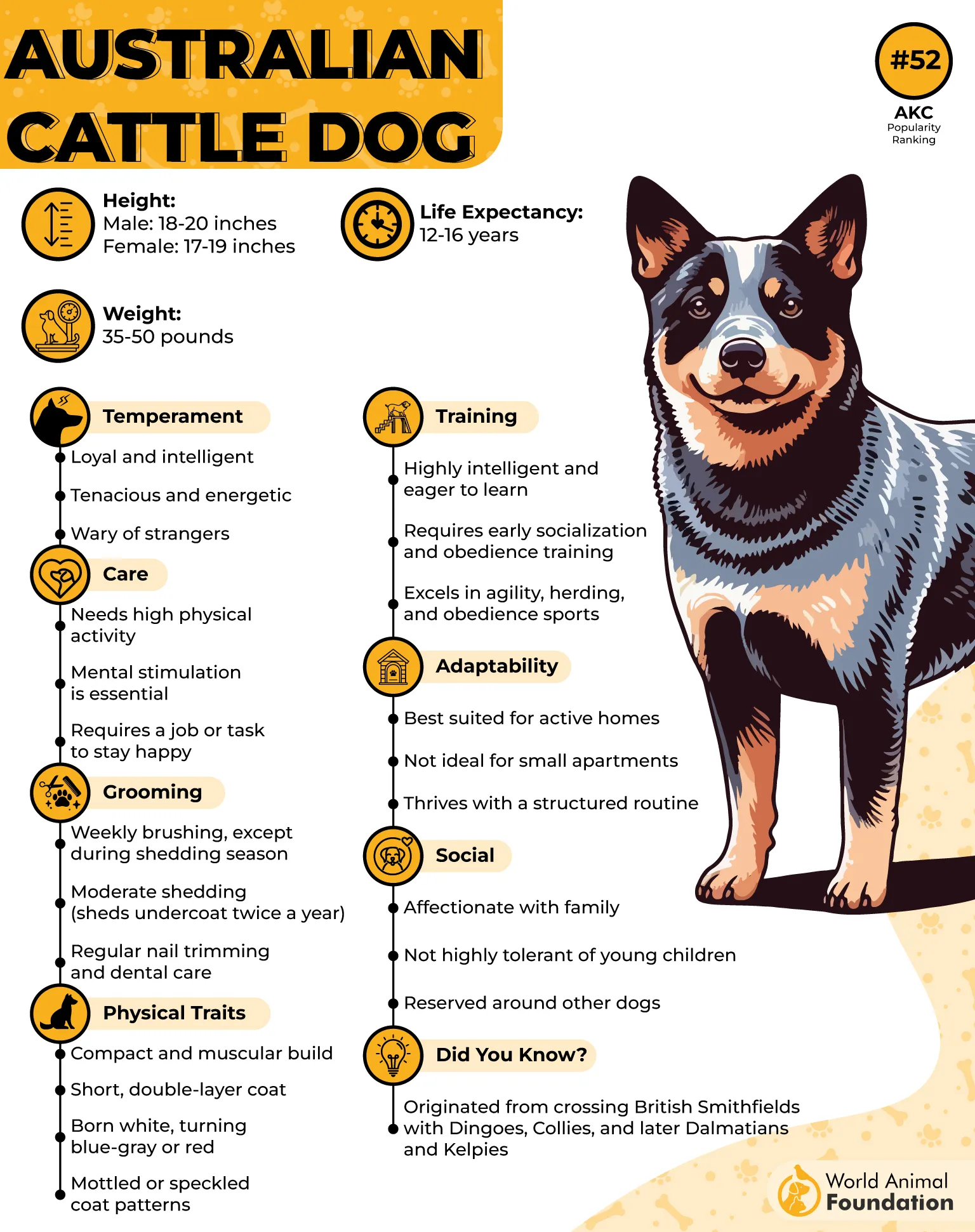
Known for Their Mental Drive
These dogs are extremely smart and pick up commands with minimal repetition when engaged. They were developed to herd livestock in harsh Australian conditions, which shaped their mental sharpness. Problem-solving tasks are often preferred over passive play.
Energy That Needs an Outlet
A daily exercise routine that involves both movement and mental work helps prevent destructive behavior. They are also known to be playful, especially when familiar with their surroundings and people. With proper training, they adapt well as family pets in active homes.
4. Basset Hound
Though their legs are short, Basset Hounds carry a surprising amount of weight, often between 40 to 65 pounds. Their bone density is high, contributing to their stocky and grounded structure. This balance makes them physically steady on long walks or scent trails.
Long Ears with a Purpose
The breed’s ears are long and soft, helping guide ground-level scent particles toward the nose. These ears hang low enough to brush the ground while moving at a slow pace. Their structure also calls for weekly cleaning to avoid wax buildup and infection.
Strong Nose and Steady Focus
Bassets are among the top scent trackers, with around 220 million scent receptors. Their tracking ability is second only to the Bloodhound in scientific comparisons. They move slowly while trailing and often stay on task for extended periods without distraction.
Calm with a Tolerant Nature
They are naturally gentle and adjust well to homes with children due to their low reactivity. Most Bassets are calm indoors and tolerant around other animals, especially when raised together. They tend to enjoy human presence but don’t require constant interaction.
5. Australian Shepherd
Most Australian Shepherds fall between 40 to 65 pounds, keeping them comfortably under the 100-pound range. Their compact build hides intense endurance, used historically in demanding herding tasks. Their muscle definition stays lean, especially in working-bred lines.
Sharp Focus and Agile Reflexes
Aussies are often known for using an intense gaze to control livestock. Their body language is quick, calculated, and responsive to even small commands. This sensitivity is part of why they thrive in advanced agility work.
Natural Wariness Balanced by Loyalty
They can be cautious around strangers, especially without early exposure to different environments. Their alert expression and upright posture often come out when sensing something unfamiliar. With regular social experiences, they adjust well in multi-person households.
Need for Structure in Everyday Life
Without consistent outlets for energy, this breed tends to invent its own tasks or patterns at home. Owning one requires setting mental challenges daily, whether through learning, scent work, or direction-based games. For active homes, they’re considered one of the great options in the herding category.
6. Bearded Collie
The Bearded Collie averages 45 to 55 pounds and is bred for sheep herding across challenging terrain. Their long stride and strong rear drive support agility in open pastures. Compact muscle mass and a lean frame help them stay fast on their feet without excess weight.
Double Coat Built for Movement
They carry a flat double coat with a harsh outer layer and soft undercoat that protects in all weather. The hair around the ears and cheeks is denser and may trap debris if not groomed regularly. Brushing behind the ears helps avoid mats, especially during shedding season.
Expressive Temperament and Intelligence
Known for their alert expression and constant movement, this breed thrives with mental and physical tasks. They respond well to voice tone and gestures, which makes them responsive during training. A structured routine helps bring out their steady and social nature.
Joyful Nature with Enduring Bond
Beardies are affectionate and often greet people with enthusiastic bouncing, known as the “Beardie bounce.” They are generally friendly and form strong bonds even from their early days as a pup. Their social energy can light up busy households without becoming overly demanding.
7. Cocker Spaniel
The Cocker Spaniel typically weighs between 20 to 30 pounds with a sturdy, well-rounded frame. Its deep chest and strong hindquarters support efficient, smooth movement. The breed’s compact size and feathered legs give it a graceful and steady presence in motion.
Iconic Ears and a Soft, Flowing Coat
Their long ears are set low and covered in silky fur that often grows faster than the body coat. Regular grooming is necessary to prevent matting around the ears and chest. The fine texture of their coat is one of the most distinguishable features in the sporting group.
Sensitive Temperament and Expressive Eyes
This breed is emotionally responsive and reads tone and body language quickly in familiar settings. It tends to form strong bonds and often stays close to its handlers indoors. Gentle training helps them remain confident without overstimulation.
Breed-Specific Grooming Needs
Cocker Spaniels require consistent coat care due to their high oil production and dense feathering. Their ears are also prone to infections if moisture isn’t managed properly. Professional grooming every 4–6 weeks is often recommended by breed specialists.
8. Golden Retriever
Golden Retrievers generally weigh between 55 and 75 pounds, depending on gender and lineage. They maintain a consistent structure with a balanced chest, broad skull, and muscular limbs. This uniformity is one reason they remain a top choice in service and therapy programs.
Water-Repellent Double Coat
Their thick double coat includes a dense underlayer and a wavy or flat topcoat that resists moisture. It was originally developed to perform in cold water during retrieving tasks. Regular brushing helps manage shedding, especially during seasonal coat transitions.
Reliable Disposition and Eager Temperament
Golden Retrievers are widely valued for their patience, intelligence, and desire to please. They excel in obedience tasks and quickly learn commands with consistent training. This makes them especially suitable for structured roles like guide work or search operations.
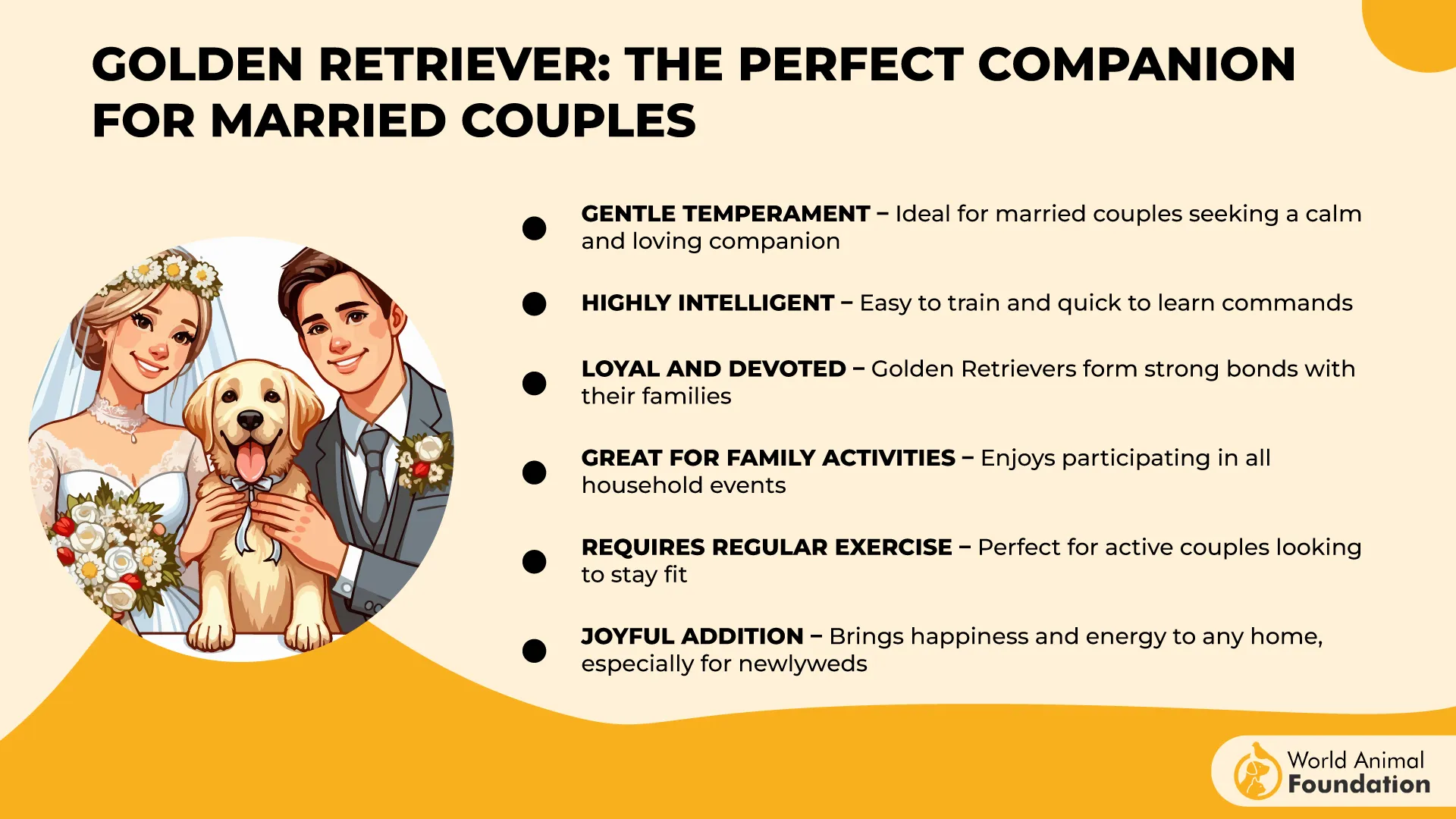
Strong Retrieval Instinct and Gentle Grip
Bred to retrieve birds without damaging the body, their bite pressure is naturally soft and controlled. This trait has translated into success in competitive field trials and dock diving. They maintain this instinct well into adulthood with proper physical activity.
9. Labrador Retriever
The Labrador Retriever typically weighs between 55 and 80 pounds, depending on sex and body composition. Their dense bone structure supports powerful movement without crossing the 100-pound mark. Even show-type Labs maintain a proportionate build suited for both work and home life.
Water-Repellent Coat and Otter Tail
Labs have a short, double coat designed to resist moisture during water activities like retrieving. Their “otter tail” is thick at the base and acts as a rudder while swimming, as stated in The Kennel Club. This combination of coat and tail structure supports their background as skilled water dogs.
High Trainability and Task Focus
Labs consistently rank among the most trainable dogs due to their eagerness and food-driven motivation. They respond quickly to consistent commands and adapt well to structured tasks. Their ability to learn complex sequences is why they’re widely used in service and guide work.
Energetic With Social Drive
Daily activity is essential to match their naturally high energy and muscular frame. Labs enjoy long walks, fetch games, and social interaction with both people and other animals. Without mental and physical outlets, they tend to develop unwanted behaviors related to boredom.
Conclusion
Choosing a dog under 100 pounds gives you more than just a size advantage—it opens the door to breeds that are strong, dependable, and versatile.
Whether you’re drawn to a playful puppy or a loyal companion with a thick coat, there’s a perfect fit for nearly every home. These breeds strike a balance between the manageability of smaller dogs and the presence of large dogs, without being overwhelming.
If you have kids, these mid-sized companions often offer just the right mix of patience and play. Whether you enjoy long walks, family time, or quiet evenings, one of these breeds can match your pace and fill your days with lasting connection.


